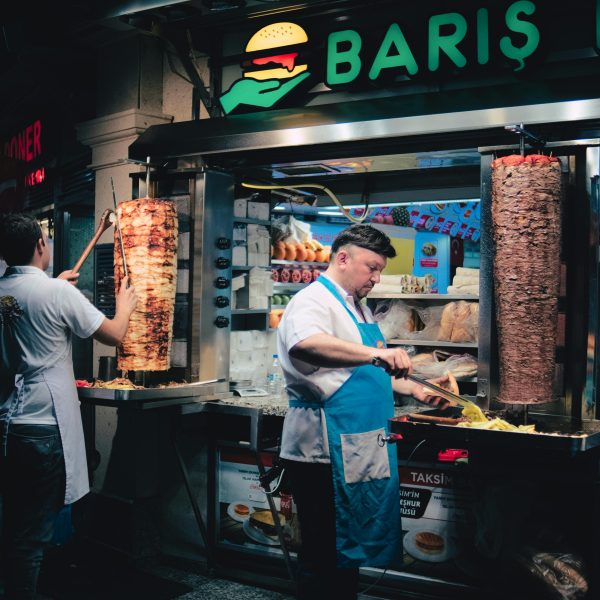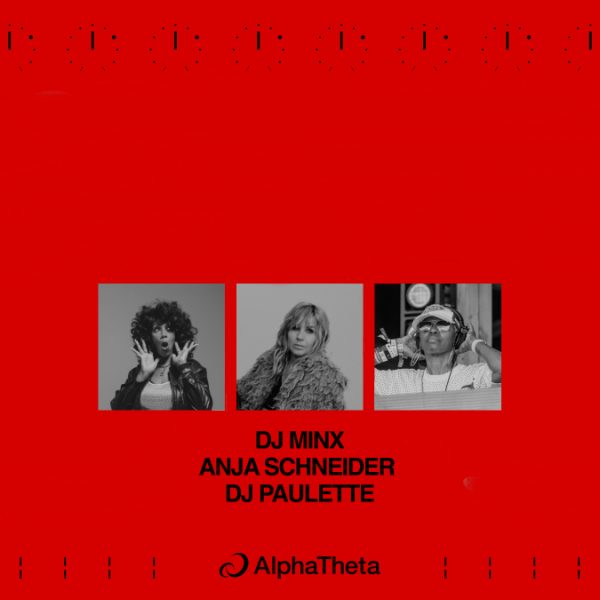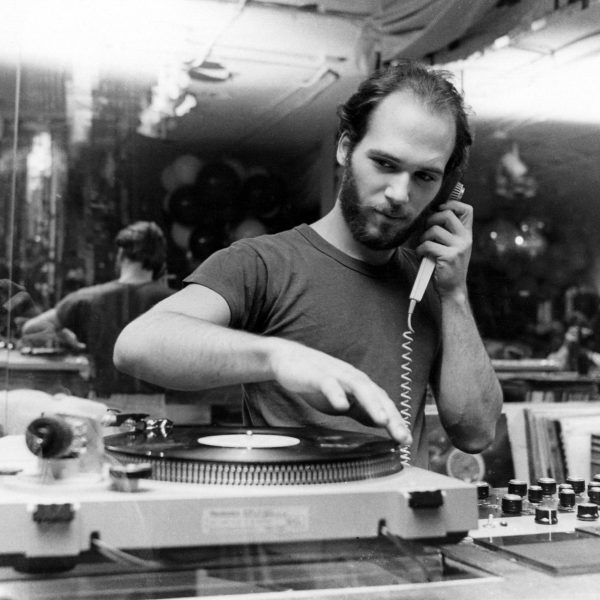At clubs in most big cities around the world, regional genres like Jersey club, South African gqom and Brazilian baile funk are combined and enjoyed together on one dance floor. We might think of this as the “global club music circuit” and it consumes genres from across the world, often repackaged for new crowds and reinterpreted by outside artists. Sometimes the results are progressive, interesting and thoughtful. Other times things get exploitative and awkward. Usually, it’s a never-ending learning process that restarts each time a new genre enters the fold.
Recently, homegrown electronic dance music styles from across Southeast Asia have entered the international spotlight after decades of thriving on their own, unconcerned with any larger conversation happening outside their own worlds. There’s vina house from Vietnam, manyao from the Chinese diaspora, budots from the Philippines, Thai beats from Thailand, and a number of sounds and movements from Indonesia. These genres have years or decades of history, with their own evolutions, social dynamics and superstars.
Strikingly, the scenes have a number of similarities, even though they developed separately. They largely revolve around remix culture. They feature bright, trance-influenced synths. They can be associated with gangsterism, heavy drinking, or drugs (whether true or not). And they are often heard on public transport in their respective countries.
The music has been looked down upon by more upwardly mobile sections of the population, colored by classism, bigotry and remnants of colonialism. Marginalized within their own countries, fans of these sounds have been content with their own cultures, allowing things to progress in new and localized ways, and usually creating successful industries as they’ve grown. Some of the sounds dominate the clubs, others are built around roving outdoor parties and giant mobile sound systems. They’re enjoyed on the big streaming sites like YouTube and SoundCloud, but also inside karaoke rooms and, in one case, within jails.
Recent compilations like Redline Legends and Nhạc Gãy Tổng Hợp Số 1 have introduced some of these sounds to a wider audience by reimagining the music and showing love to its origins. Neither claim to be purist renditions of the genres they work with and are both interpretations produced by related artists from outside the scenes themselves. The Saigon underground rave label Nhạc Gãy explores Vietnamese identity through the sound of individual club music producers but touches several times on the grassroots sounds of vina house. And Redline Legends, from the London-based label Eastern Margins, covers several genres, often using them as a starting point to reimagine them in wild new forms.
For all the discord that social media has caused due to misinformation, hate speech and harassment, it’s also been a boon for creative communities across the world. The decentralized nature of the internet allows Southeast Asian artists to connect and look to each other for inspiration, rather than to the West or to the ruling classes. Instead of admiring far away artists and seeking approval from those who look down on them, they’re able to supercharge their communication directly with each other instead.
Painting a complete portrait of these scenes with one article is impossible. But as they start to gain broader appreciation within their own borders and subsequently pique the interest of the rest of the world, it’s worth starting this discussion, which is very much a game of catch up.




